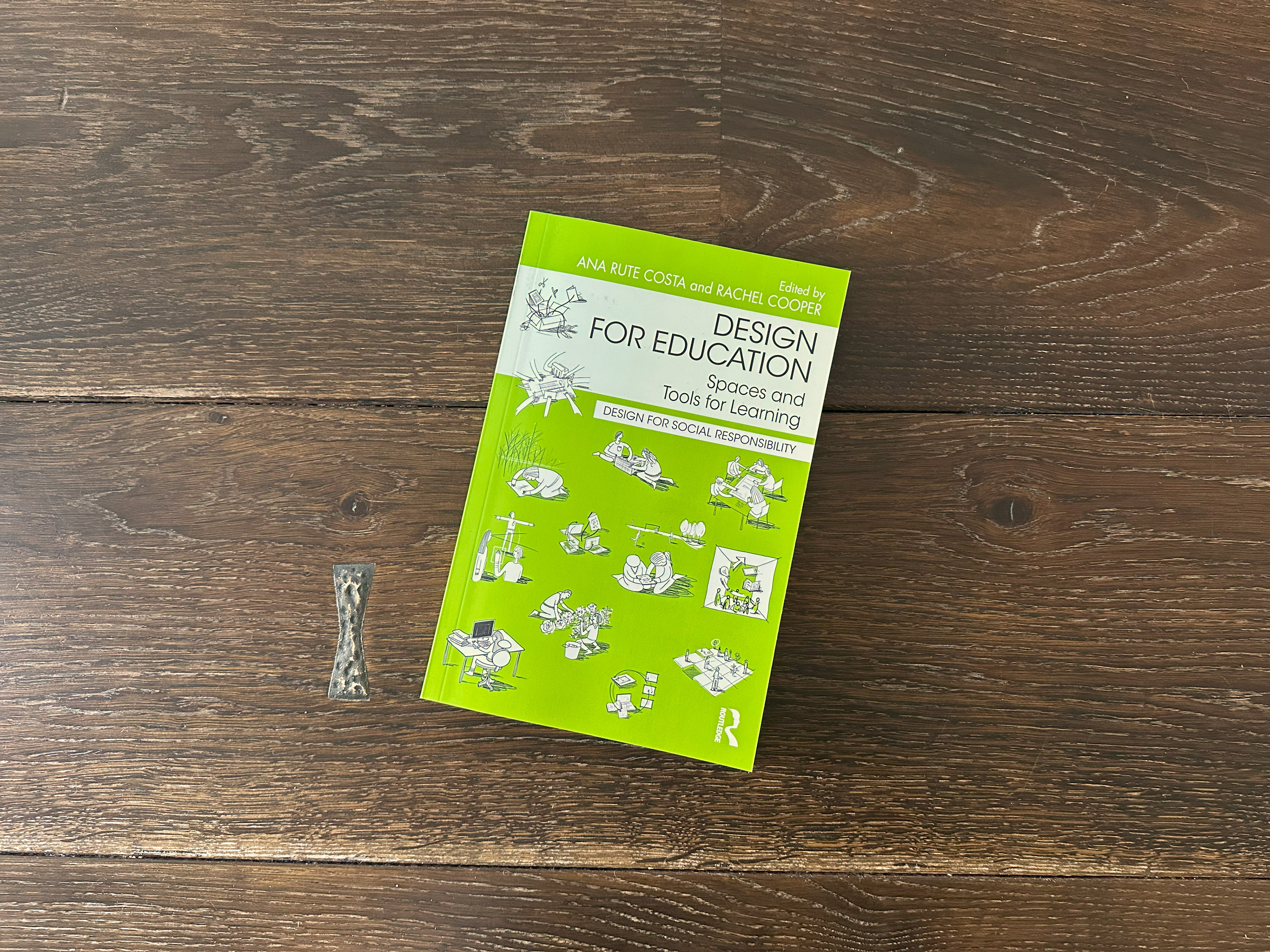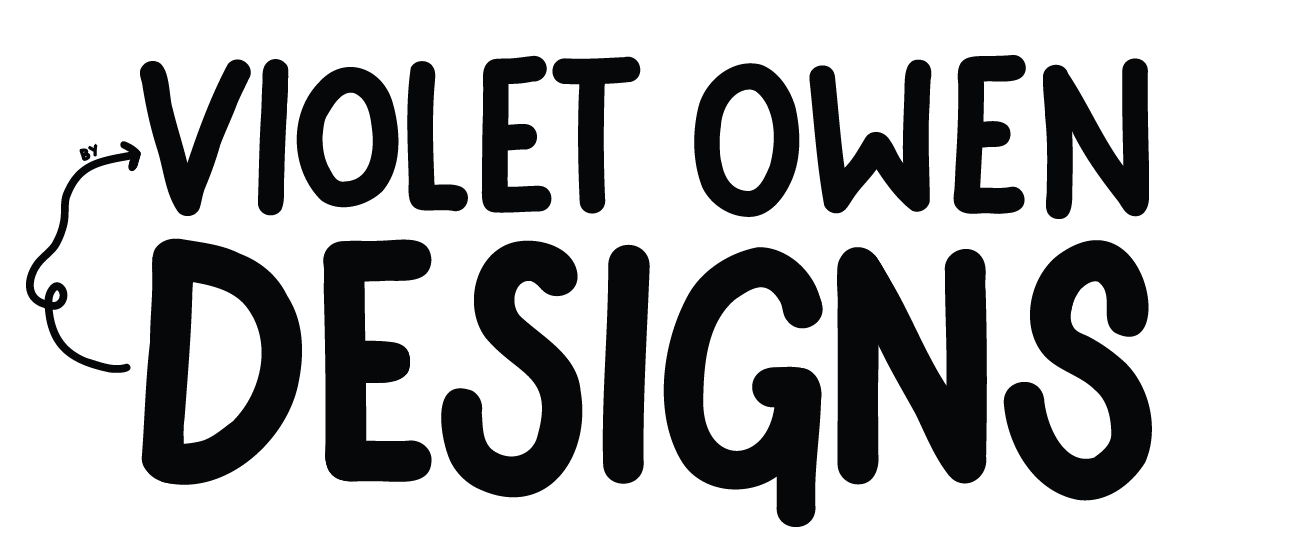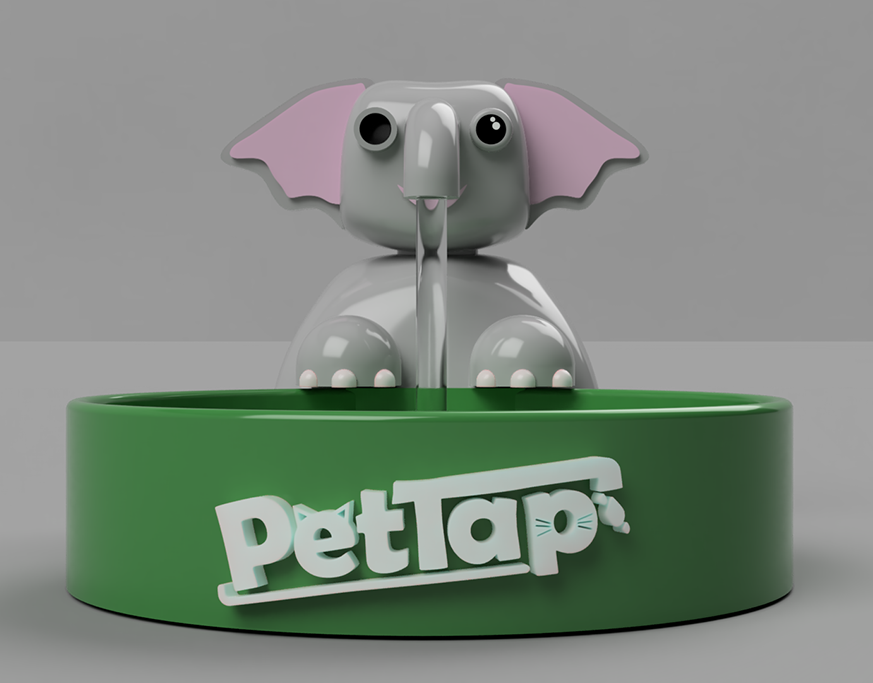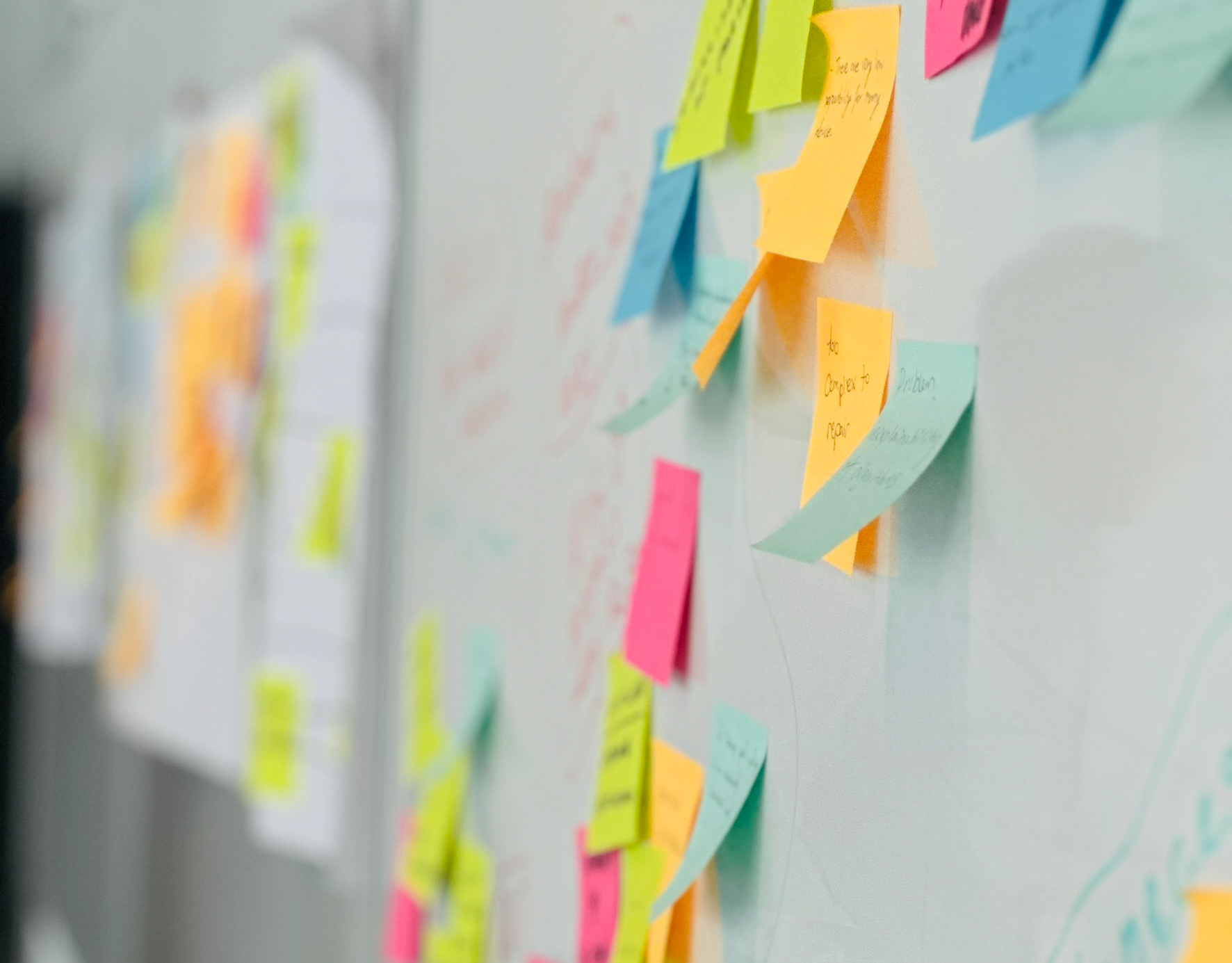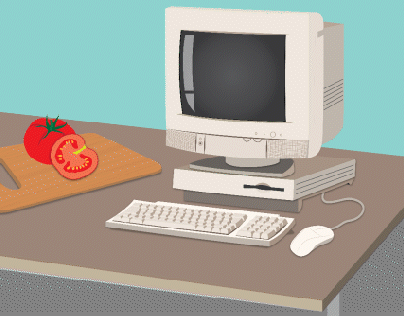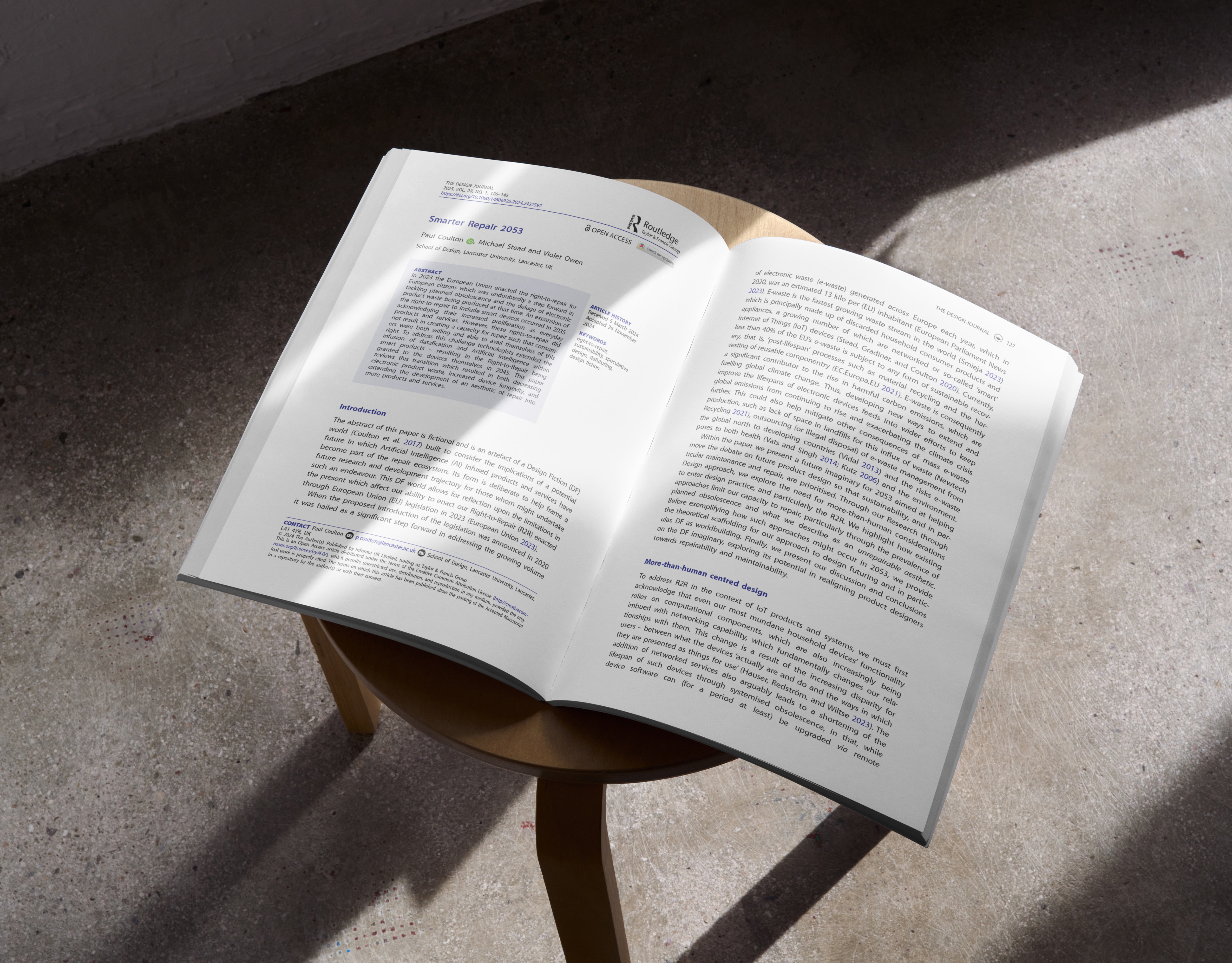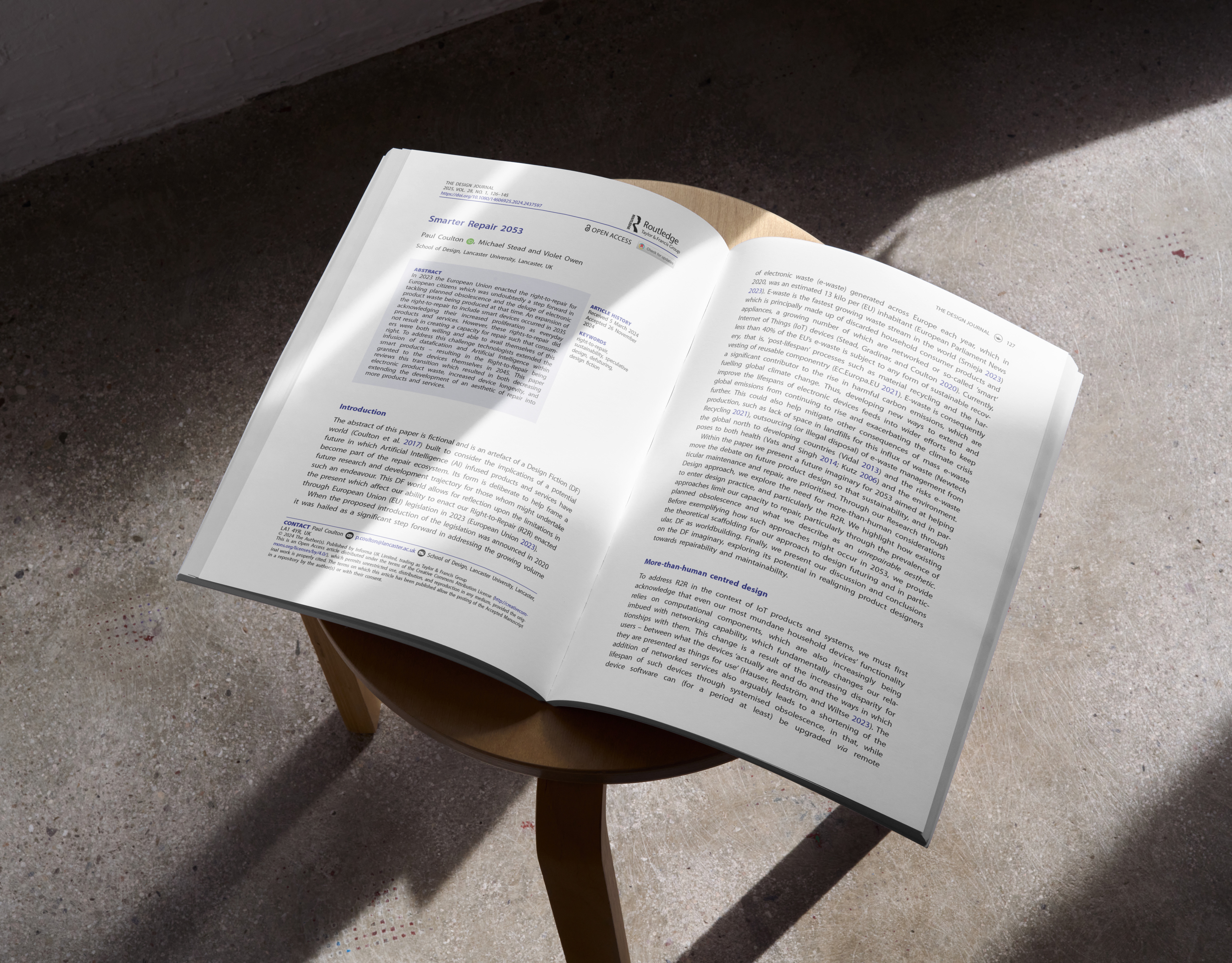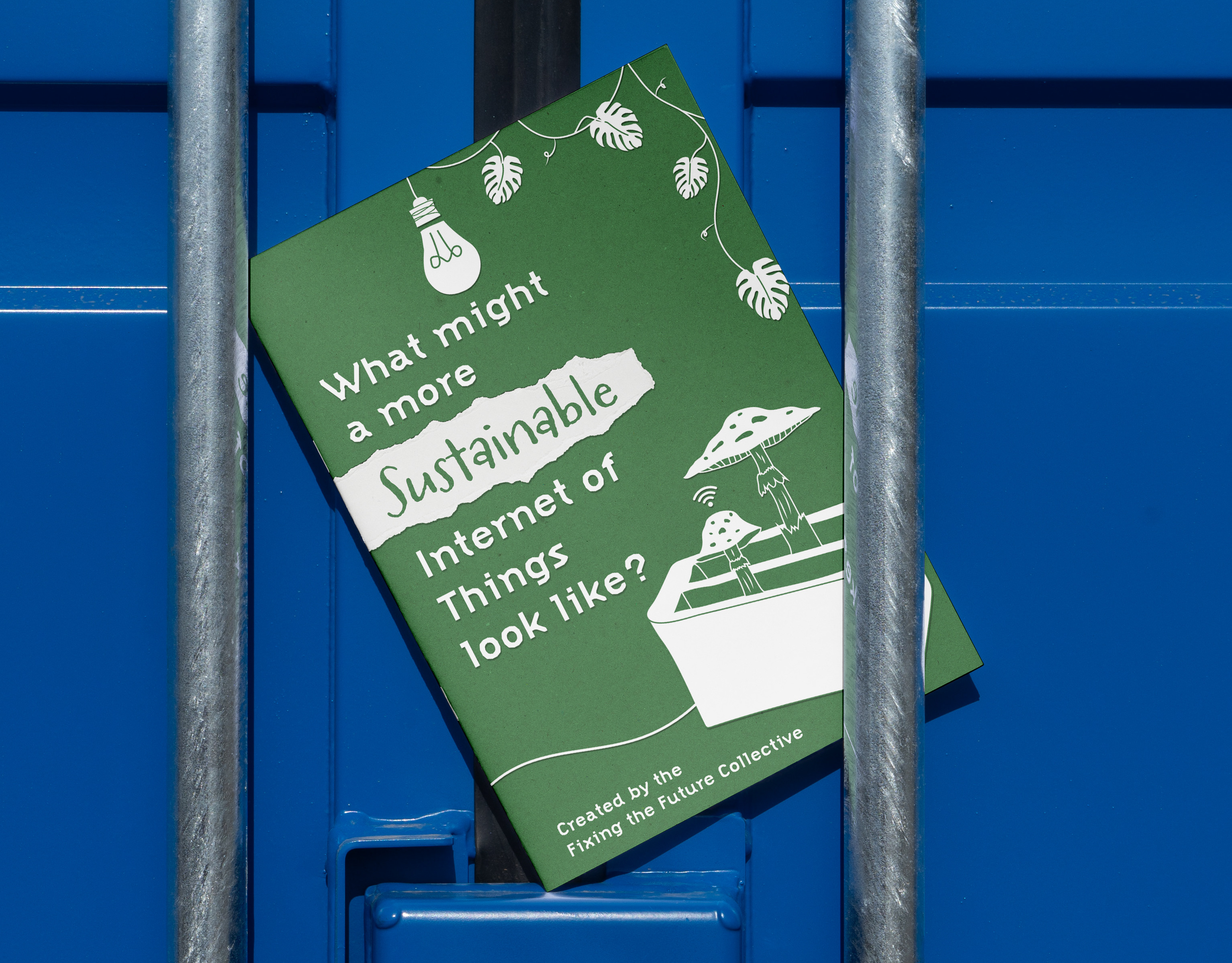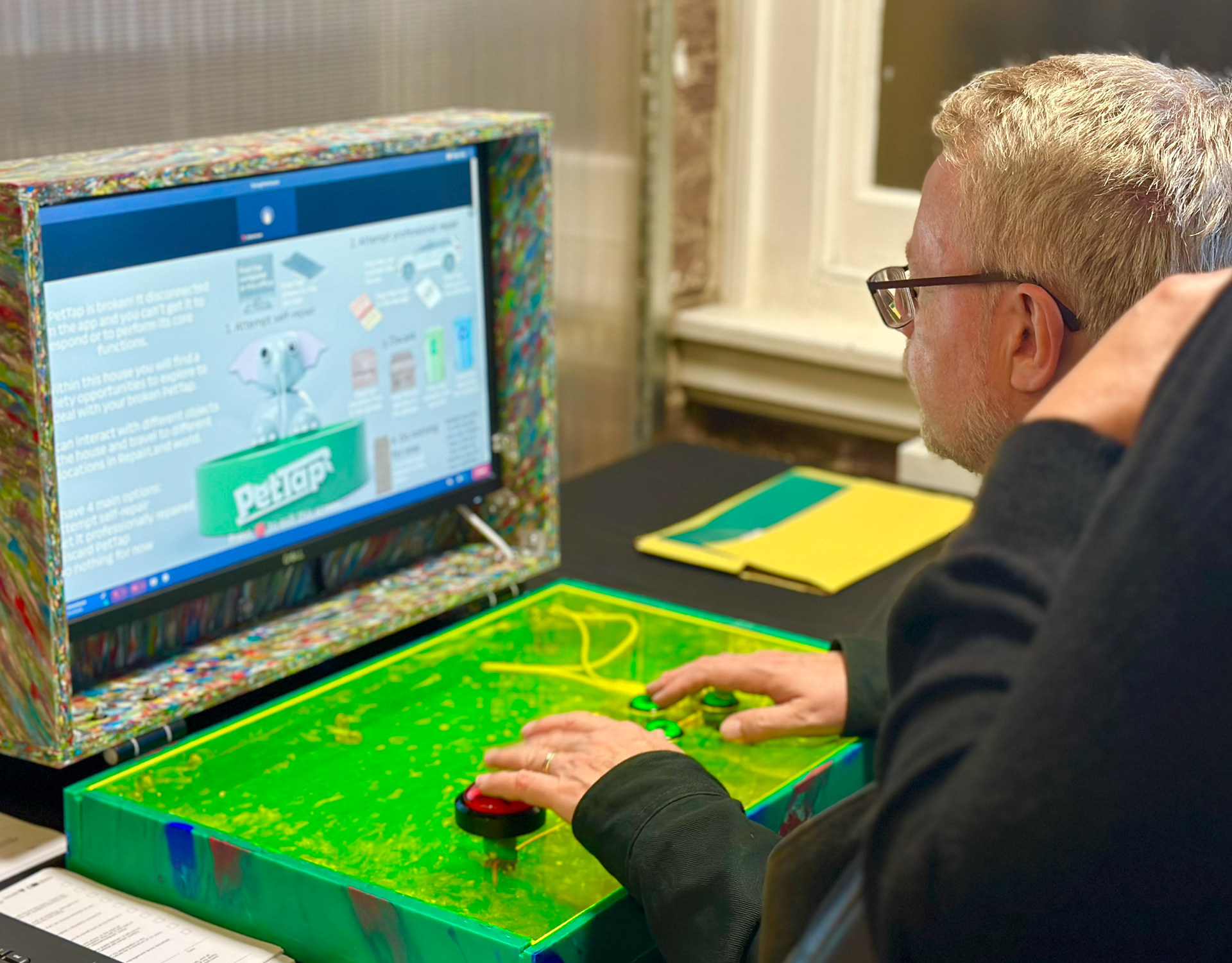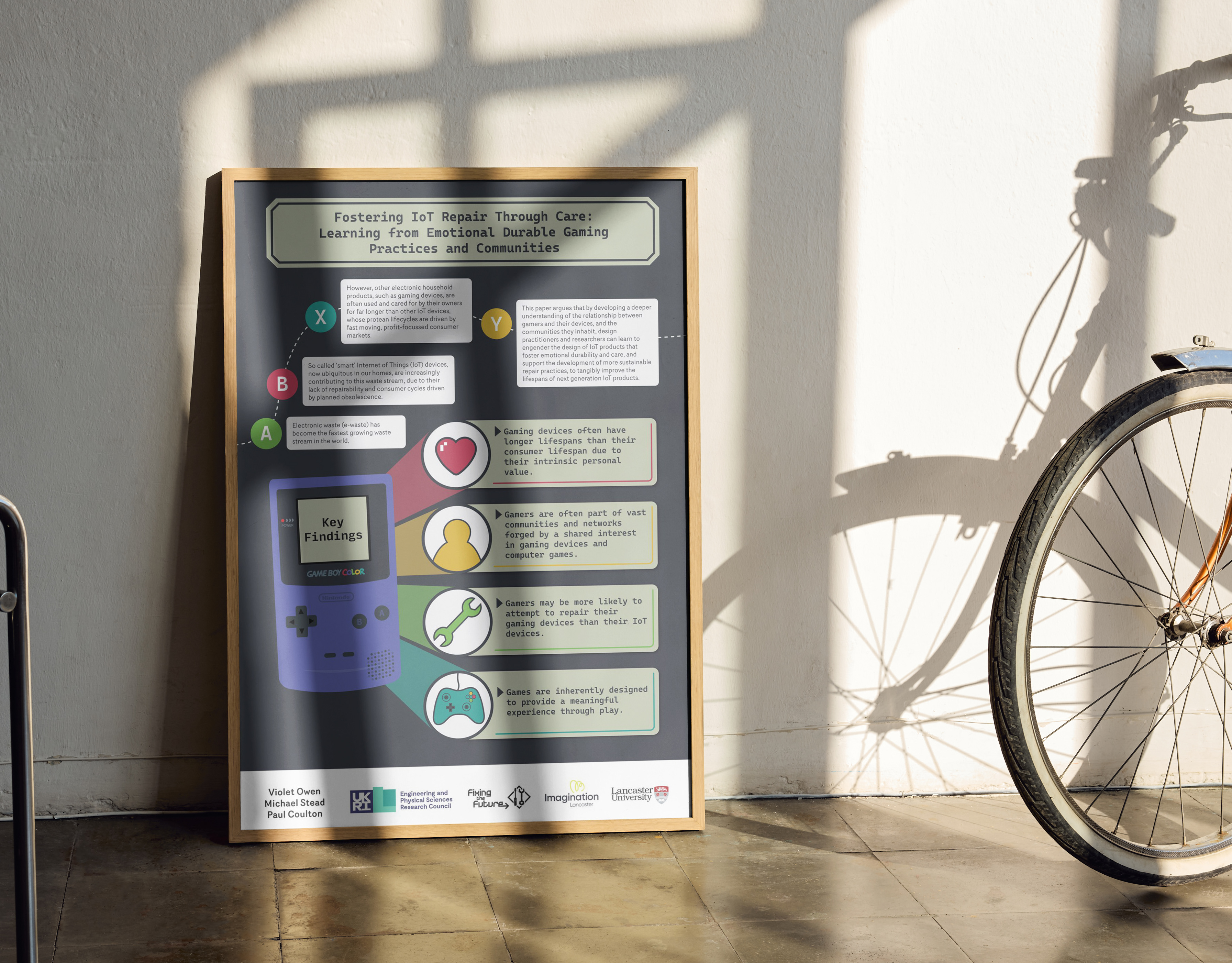FUSE and Co-Designing Tools for Discovery with Primary School Children and Teachers
I’m delighted to share the publication of a new chapter I co-authored with Leon Cruickshank, Diane Potts, Lee Brewster and Nik Marsdin, titled “FUSE and Co-Designing Tools for Discovery with Primary School Children and Teachers.” The chapter appears in the book Design for Education: Spaces and Tools for Learning.
About the Chapter
This chapter reflects on our experiences of developing educational tools and resources during the COVID-19 pandemic, when children across the UK faced unprecedented restrictions on their daily lives. In Lancaster and Morecambe, primary school children were often confined to their homes for up to 23 hours a day, and many families faced limited access to the internet, precarious incomes, or a lack of wider social support.
Rather than taking a purely technological approach—such as distributing devices—we sought to create tools that would help children retain their natural inquisitiveness and sense of exploration. In partnership with local schools, we shared over 2,000 activity boxes with families, designed to encourage curiosity, creativity, and engagement away from screens.
Building on Collaboration
The project grew directly out of collaborations with primary school teachers, children, and teaching assistants. The chapter goes on to explore how these resources, developed in the extraordinary context of lockdown, informed new approaches to co-design in schools. It shows how creative, hands-on materials can provide meaningful support for children’s learning and wellbeing, particularly in communities where digital access is limited.
Looking Ahead
The work highlights that issues of inequality in education cannot be solved by technocentric solutions alone. Instead, by working closely with educators and children, we can co-design resources that meet local needs, spark curiosity, and support long-term educational equity.
